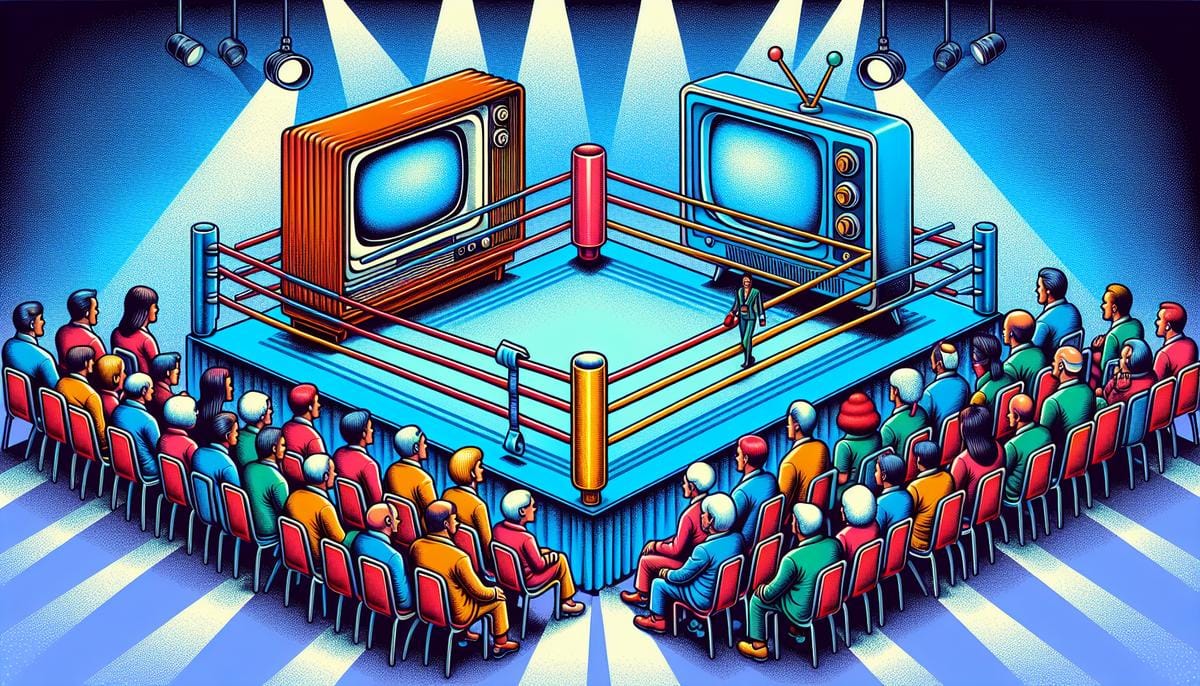The Changing Landscape of TV and Film in the Digital Age

The television and film industry has undergone a significant transformation in recent years, thanks to the advent of digital technology. The way we consume content has changed dramatically, and the traditional models of distribution and production are being challenged by new players in the market. In this article, we will explore the impact of digital technology on the TV and film industry, and how it is changing the landscape of entertainment as we know it.
The Rise of Streaming Services
One of the most significant changes in the TV and film industry has been the rise of streaming services such as Netflix, Amazon Prime, and Hulu. These platforms have disrupted the traditional model of broadcasting and have given viewers the power to watch content on-demand, at their convenience. Streaming services have also changed the way content is produced, with many platforms investing in original programming to attract and retain subscribers. This has led to an increase in the number of high-quality TV shows and films being produced, with streaming services competing with traditional networks and studios for viewership and awards.
The Impact of Social Media
Social media has also played a significant role in the changing landscape of TV and film. Platforms like Twitter, Facebook, and Instagram have become important tools for promoting content and engaging with audiences. Social media has also given rise to the phenomenon of "second screen" viewing, where viewers use their smartphones or tablets to interact with content while watching TV or film. This has led to the creation of interactive content, where viewers can participate in polls, quizzes, and other activities related to the show or movie they are watching.
The Decline of Traditional Broadcast TV
As streaming services continue to grow in popularity, traditional broadcast TV has seen a decline in viewership. Many viewers are cutting the cord and opting for streaming services instead of cable or satellite TV. This has led to a decrease in advertising revenue for traditional networks, which has forced them to reevaluate their business models. Some networks have launched their own streaming services or partnered with existing platforms to distribute their content. However, the future of traditional broadcast TV remains uncertain in the digital age.
The Importance of Data and Analytics
Data and analytics have become increasingly important in the TV and film industry. Streaming services have access to vast amounts of data on their subscribers, which they use to inform their content decisions. This data-driven approach has led to a more targeted and personalized viewing experience for subscribers. Traditional networks and studios are also utilizing data and analytics to better understand their audiences and improve their programming.
The Challenges of Digital Piracy
While digital technology has brought many benefits to the TV and film industry, it has also created challenges. Digital piracy is a significant issue, with illegal streaming and downloading of content becoming more prevalent. This has led to a loss of revenue for content creators and distributors, and has forced the industry to take measures to combat piracy. Some streaming services have implemented stricter security measures, while others have launched campaigns to educate viewers on the impact of piracy on the industry.
The Future of TV and Film in the Digital Age
The TV and film industry will continue to evolve in the digital age, with new technologies and platforms emerging. Virtual reality and augmented reality are two technologies that have the potential to change the way we experience content. The industry will also need to adapt to changing consumer habits, as viewers demand more flexibility and control over their viewing experience. The landscape of TV and film may be changing, but the future is bright for those who can embrace the opportunities that digital technology provides.
Conclusion
The digital age has brought about significant changes in the TV and film industry, with the rise of streaming services, the impact of social media, the decline of traditional broadcast TV, and the importance of data and analytics. While there are challenges to be addressed, such as digital piracy, the industry is adapting and evolving to meet the demands of viewers. The changing landscape of TV and film is an exciting and dynamic space, and we can expect to see even more innovation and creativity in the years to come.


